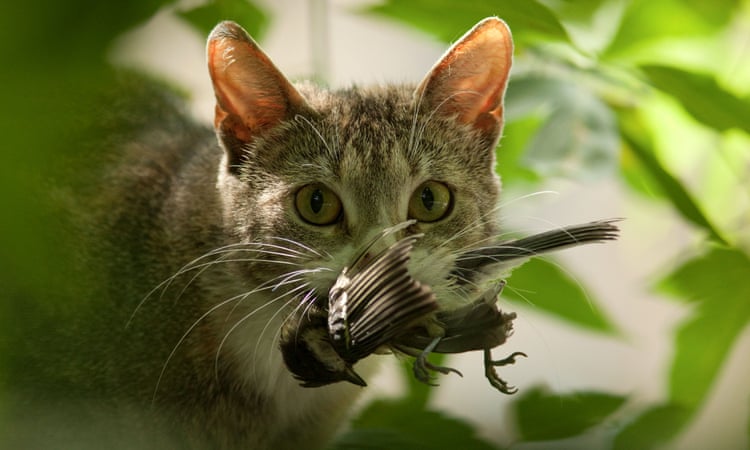To ensure her trail cameras would stay operational during the hot Arizona summer, researcher Kinley Ragan trekked to 23 of them.
At each, Ragan, a field research project manager with the Phoenix Zoo, checked the camera’s batteries and SD card, as well as ensured the camera was angled at an optimal position, Ragan told McClatchy News in an Aug. 12 phone interview.
She was flipping through the last of 100 videos on one of the camera’s SD cards during her July trip to the Atascosa Highlands area when something caught her eye.
“At the very, very end, I saw (an) ocelot,” Ragan said.
The June 12 footage shows an ocelot walk across the screen before stopping and standing on a rock.
“I was in disbelief at first, watching the video over and over again,” Ragan said in an Aug. 12 zoo news release, “but soon a big smile spread across my face as the full impact of this discovery for the important region set in.”
This was the first time an ocelot has been seen “in the Atascosa Highlands region in at least 50 years,” the zoo said.
“It’s super exciting news,” Ragan said, adding that the sighting leaves her “hopeful.”
Wildlife study
The zoo set up 50 cameras across the area in April as part of the Atascosa Complex Wildlife Study, Ragan said.
The area, “which includes the Atascosa, Tumacácori, and Pajarito mountains,” is understudied, the zoo said.
“We’re looking to better understand medium and large mammals and how they’re moving and existing within this important wildlife corridor,” Ragan said.
While the team was hopeful one of the cameras, which will remain in place until October 2025, would pick up an ocelot, they were unsure.
“There hadn’t been research done there in 10 years and there hadn’t been a record in 50 years,” Ragan said. “So we weren’t sure, but we were really happy when we did get this record.”
‘A new cat‘
In the past decade, another ocelot, named Lil’ Jefe, has been spotted roaming in the state, the Arizona Republic reported.
The recently spotted feline, however, “is a new cat not previously seen in the state,” the zoo said.
“(Arizona Game and Fish Department) has conducted a pelage spot analysis comparing this ocelot with the current known ocelot in the state, as well as previous ocelots and concludes that this is indeed a new ocelot,” Tracy McCarthey with AZGFD said in the release.
Across their entire range, from South America to the United States, the ocelot population is decreasing, but they are listed as “least concern” by the International Union for Conservation of Nature, according to Ragan.
“However, in Arizona, they are critically endangered, and they’re also endangered in Mexico,” Ragan said.
Some threats to the species’ survival “include habitat fragmentation and loss,” according to the zoo.
While many associate the ocelot with “rain forests and maybe South America or Central America,” the felines do roam all the way north into Arizona and Texas, Ragan said.
“They are known to be in these drier climates as well, just less common,” Ragan said.
The cats, small to medium in size, are spotted, according to Ragan.
“All their spots are unique to each individual,” Ragan said, “so you can identify an ocelot based on unique spot patterns.”
‘A lot more questions’
With the “rare species,” Ragan said she hopes the study can help better understand the animal.
Ragan said she plans to trek back out to check the remaining trail cameras at the end of August, when she may possibly get more answers.
“We basically just have a lot more questions now,” Ragan said. “All great things, but more work to be done for sure.”
This article by Daniella Segura, The Charlotte Observer was first published by Phys.org on 13 August 2024. Lead Image: Credit: Pixabay/CC0 Public Domain.
What you can do
Help to save wildlife by donating as little as $1 – It only takes a minute.


Leave a Reply